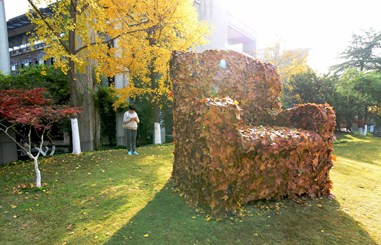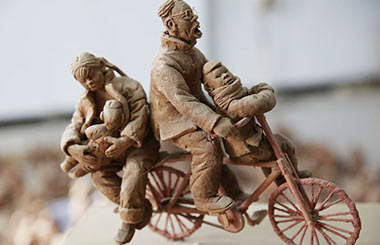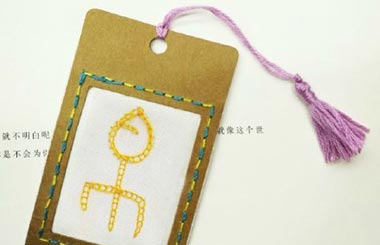Tapestries of history
 |
|
Shu embroidery. Photo Provided to China Daily |
Shu embroidery (Shuxiu)
As early as the Western Han Dynasty (206 BC-AD 24), the poet Yang Xiong became the first to sing praises of Sichuan embroidery (Shu is the short term for Sichuan).
By the Jin Dynasty (AD 265-420), local chronicles showed that embroidery was already considered a "treasure of Sichuan".
Just like in Suzhou, amiable natural conditions were the major reason for Sichuan's booming silkworm breeding industry.
With huge productions of silk and satin, Chengdu, the capital and one of the most prosperous cities in ancient China, was the starting point of the Southern Silk Road.
The Shu Kingdom traded its embroidery for warhorses, and by the Tang Dynasty, Sichuan embroidery and its workers were the major targets of plundering when enemies invaded.
In 1903, the Qing Dynasty government established a bureau for the promotion of handwork in Chengdu, with the embroidery office as a key component. The bureau hired masters to design patterns and did considerable research on embroidering skills.
By the 1970s, the countryside of west Sichuan had as many as 5,000 embroiderers and these grassroots craftsmen produced bed linen and tablecloths, and also embroidered parlor screens for export.
Like Guangdong, Sichuan embroidery was also once known for its male needle workers, although women have largely taken over and now few men are in the trade.
|
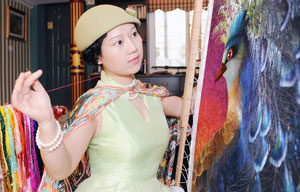 |
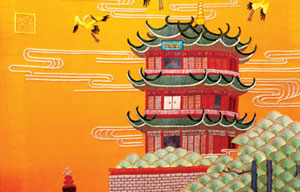 |




